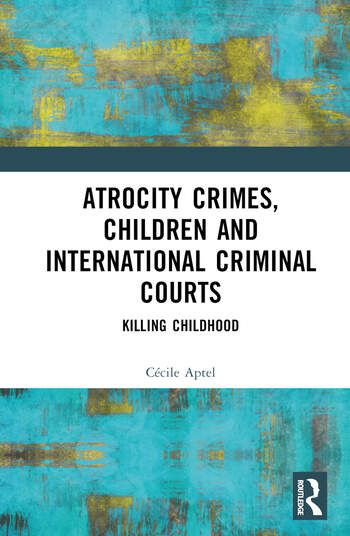
This book shows how international criminal courts have only given limited and inconsistent attention to atrocity crimes affecting children.
The work elucidates the many structural, legal, financial and even attitudinal obstacles, often overlapping, that have contributed to the international courts’ focus on the experience of adults, rendering children almost invisible. It reviews whether and how different international and hybrid criminal jurisdictions have considered international crimes committed against or by children. The text also considers how international criminal justice can help contribute to the recognition of the specific impact international crimes have on children, as victims or as participants and makes recommendations to improve their protection.
Finally, it proposes an agenda to improve this situation, making specific recommendations, encompassing the urgent need to further elaborate child-friendly procedures. It also calls for the international investigative and prosecutorial strategies to be less adult-centric and broaden the scope of crimes against children beyond the focus on child-soldiers.
The book will be an invaluable resource for academics, researchers and fieldworkers in the areas of international criminal law, international human rights law/child rights, international humanitarian law, child protection and transitional justice.